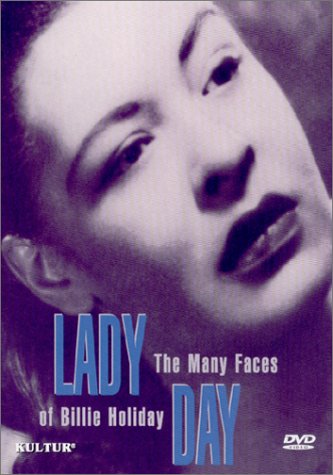
Given the often inextricable relationship between art and suffering, it’s no coincidence that Billie Holiday, popularly acclaimed as jazz’s greatest (if not technically best) female singer, was also one of its most tragic figures. While both triumph and tragedy are covered in this hourlong documentary, we are mercifully spared excessive details about the more sordid aspects of Holiday’s life (her drug and alcohol addictions, her disastrous relationships with abusive men) in favor of careful consideration of her music. Testimonials are offered by those who played with her (pianist Mal Waldron and trumpeters Buck Clayton and Harry “Sweets” Edison), were influenced or inspired by her (singers Carmen McRae and Annie Ross), or worked with her (producer Milt Gabler). Together, they paint a portrait of a woman who was both tough and vulnerable, sad and defiant, an unschooled musician who became a supreme innovator.
Fairly or not, documentaries like this one will inevitably be compared to Ken Burns’s Jazz, especially when they contain some of the same material, as is the case here. But while Lady Day doesn’t always benefit from the comparison (actress Ruby Dee, reading from Holiday’s autobiography, and narrator David Smyrl race through their lines as if they’ve got a train to catch), it surpasses Jazz in one vital respect: instead of constantly interrupting the music with voiceovers, Lady Day offers some of Holiday’s few performances on film or TV in their entirety, including “Strange Fruit,” her graphic and disturbing song about Southern lynchings, and “Fine and Mellow,” in which a visibly and audibly deteriorating Holiday is backed by Lester Young, Ben Webster, and other jazz immortals. –Sam Graham
Source: Amazon
